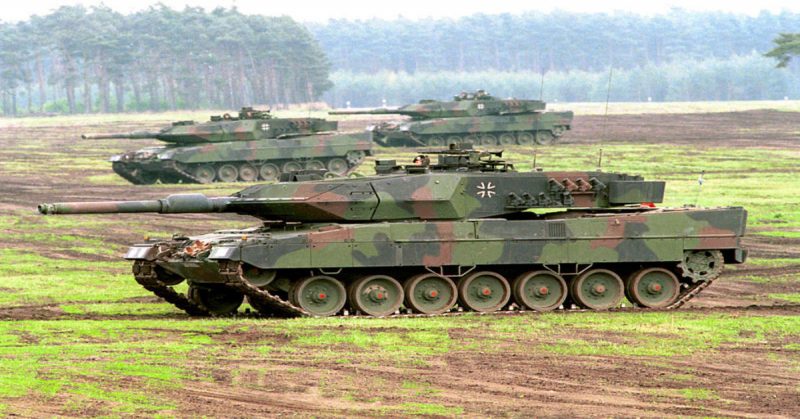Recent revelations that members of the German military had planned a “false-flag” campaign – a terrorist attack while posing as foreigners seeking asylum in the country – have raised questions about Neo-Nazism in the German military and about how the Bundeswehr handles their connections to their predecessor, the Third Reich’s Wehrmacht.
Defense Minister Ursula von der Leyen has stated that she would institute a series of reforms that would clear up the military’s connection to its own checkered history, improve the education of its members and improve the process for soldiers to report the far-right activities of their fellow service members.
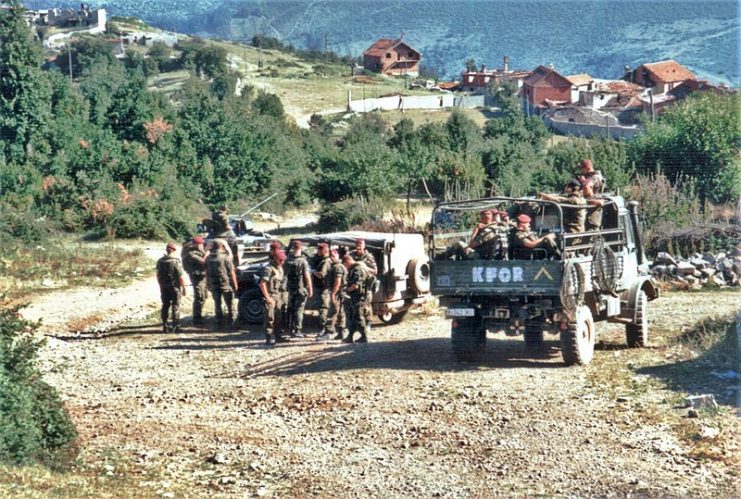
Along with these sweeping changes, Bundeswehr Inspector General Volker Wieker has promised to sweep all of the Bundeswehr barracks to remove any Wehrmacht helmets, rifles, or other memorabilia. There are also plans underway to rename the few barracks still named after officers in the Third Reich.
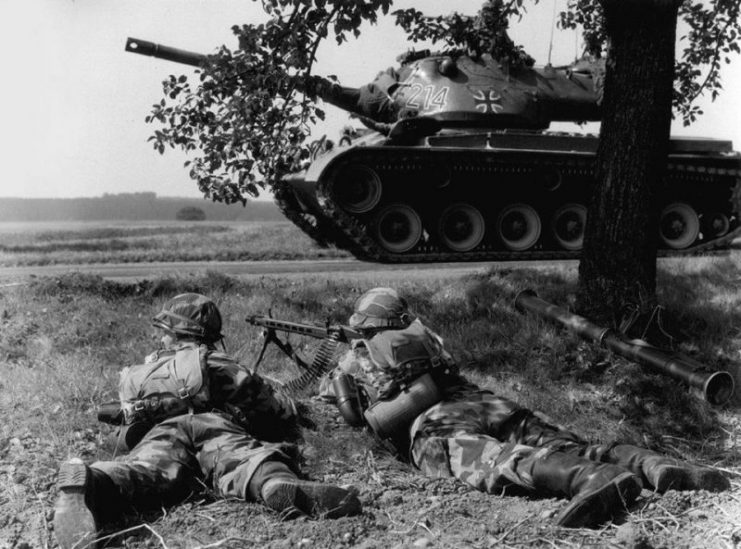
There are some in Germany that are opposed to the changes. These protesters were especially vocal when Helmut Schmidt University in Hamburg removed a photo of Schmidt in his WWII uniform in 1940.
Schmidt is one of the highest-regarded chancellors in German history. The defense ministry even stated about the removal of the photo that it could have been handled in a different manner.
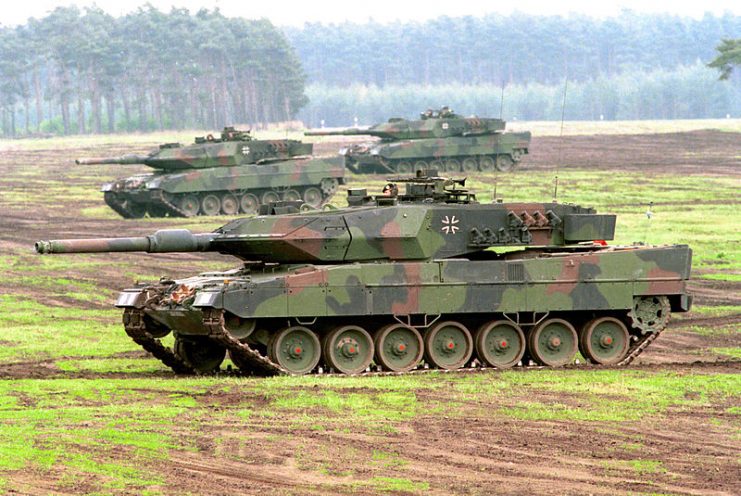
The Bundeswehr has long had a troubled relationship with its own past. Von der Leyen recently reminded everyone about the guiding principles developed for the military in 1982.
These state that the Wehrmacht may not be used as the foundation for the traditions of the Bundeswehr. But the presence of WWII-era memorabilia in the barracks would seem to suggest that the soldiers are keenly aware of the shared history with their WWII ancestors.

This schizophrenic history of the Bundeswehr began in post-war Germany when the Bundestag opposed Chancellor Konrad Adenauer’s intent to form a military at all.
Only because of Adenauer’s insistence on Germany joining NATO, and NATO’s insistence that its members meet certain military commitments convinced the parliament to relent.
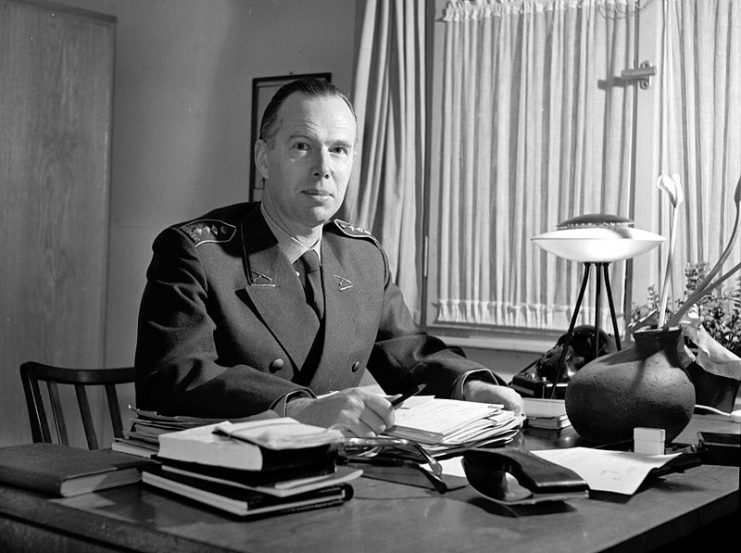
In order to form the Bundeswehr in 1955, the military had to rely almost exclusively on former Wehrmacht soldiers. Adenauer once responded to an accusation that the Bundeswehr was commanded almost exclusively by Wehrmacht officers by pointing out that NATO wouldn’t be likely to accept 18-year-old generals.
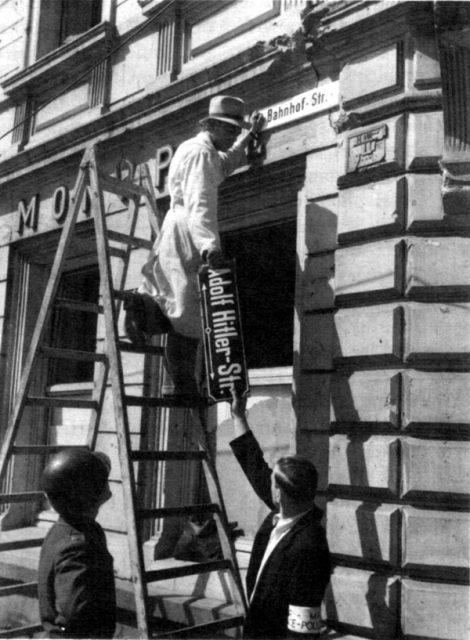
In 1965, the Traditionserlass (“tradition decree”) was written to spell out precisely how the Bundeswehr would honor its own history. This document was updated in 1982. The document said that displaying Nazi symbols was banned and forbade basing any Bundeswehr traditions on the Wehrmacht.
Von der Leyen’s insistence on re-writing the Traditionserlass and her blanket condemnation of the Bundeswehr leadership has placed her on the opposite side of that leadership. Public and media commentators have publicly questioned her willingness to jettison all traces of the country’s military past.
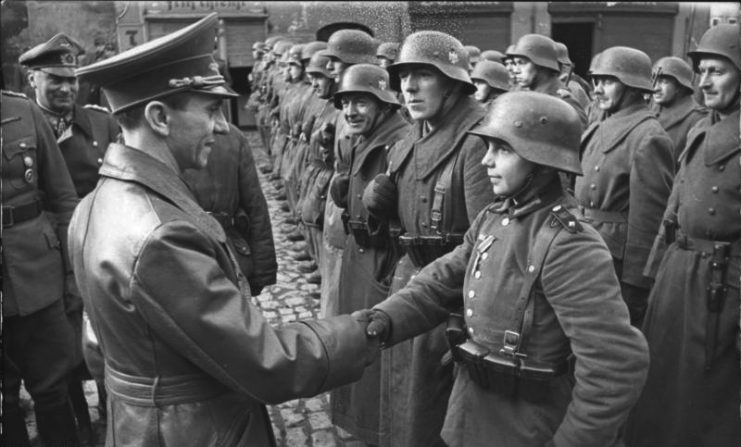
The Bundeswehr is in the unenviable position of having to navigate the tricky water of political decrees and their soldiers’ growing attachment to the identity of the military – including the politically-charged WWII era.
The Potsdam discussion split Germany’s military history at about 1933 when the Nazi party came to power. Some in the discussion wanted to hold up the Prussian reformers from the 19th century as role models for modern soldiers. Others wanted to honor the German officers who tried to assassinate Adolf Hitler in 1944.
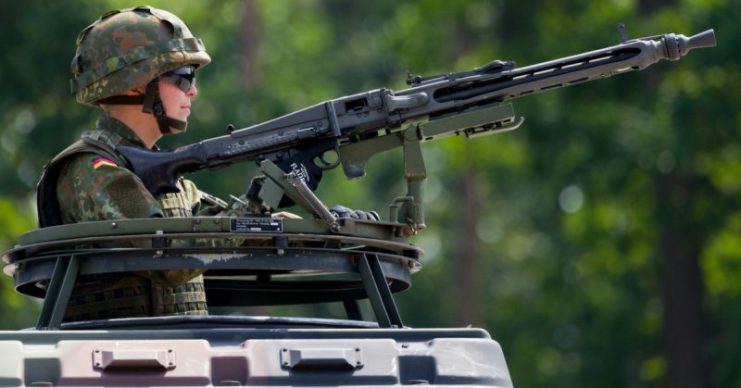
There were some who felt even the creation of the Bundeswehr in 1955 was an event to be celebrated. This has led to confusion and debate over how far back the Bundeswehr should look to honor the tradition of the German military.
